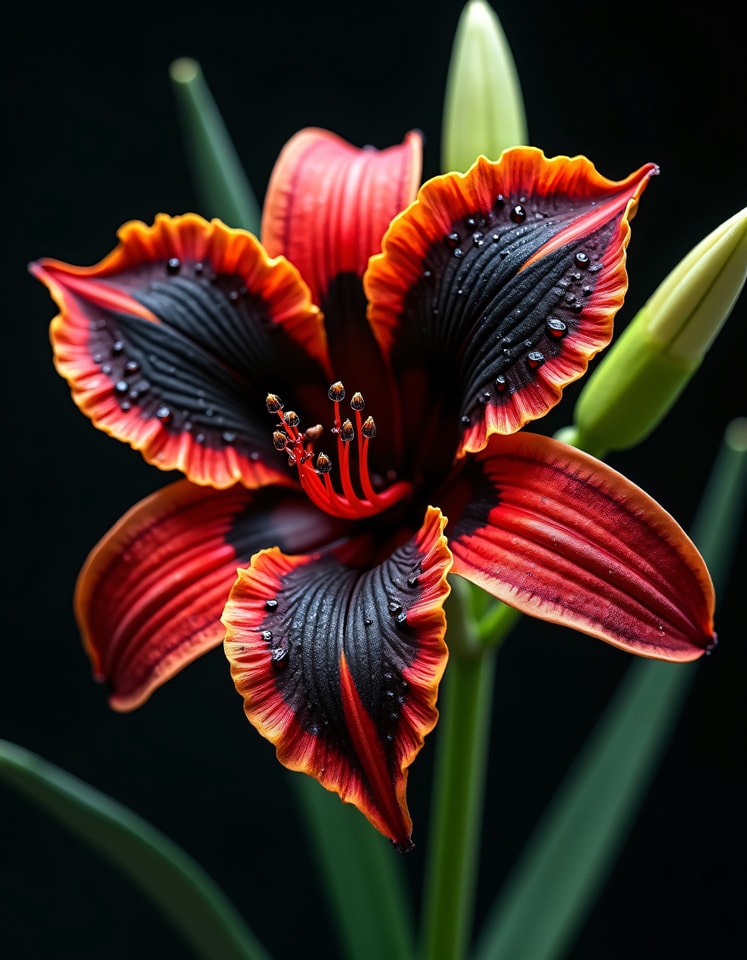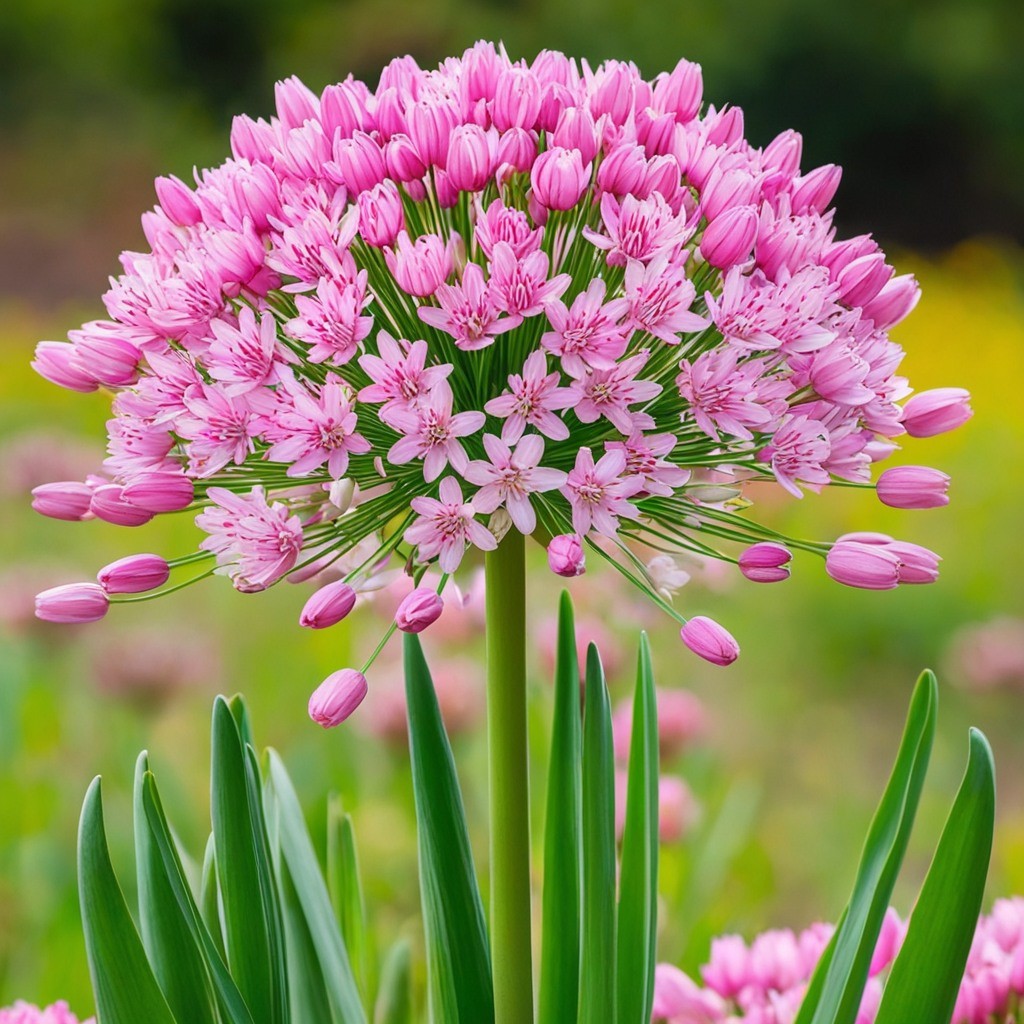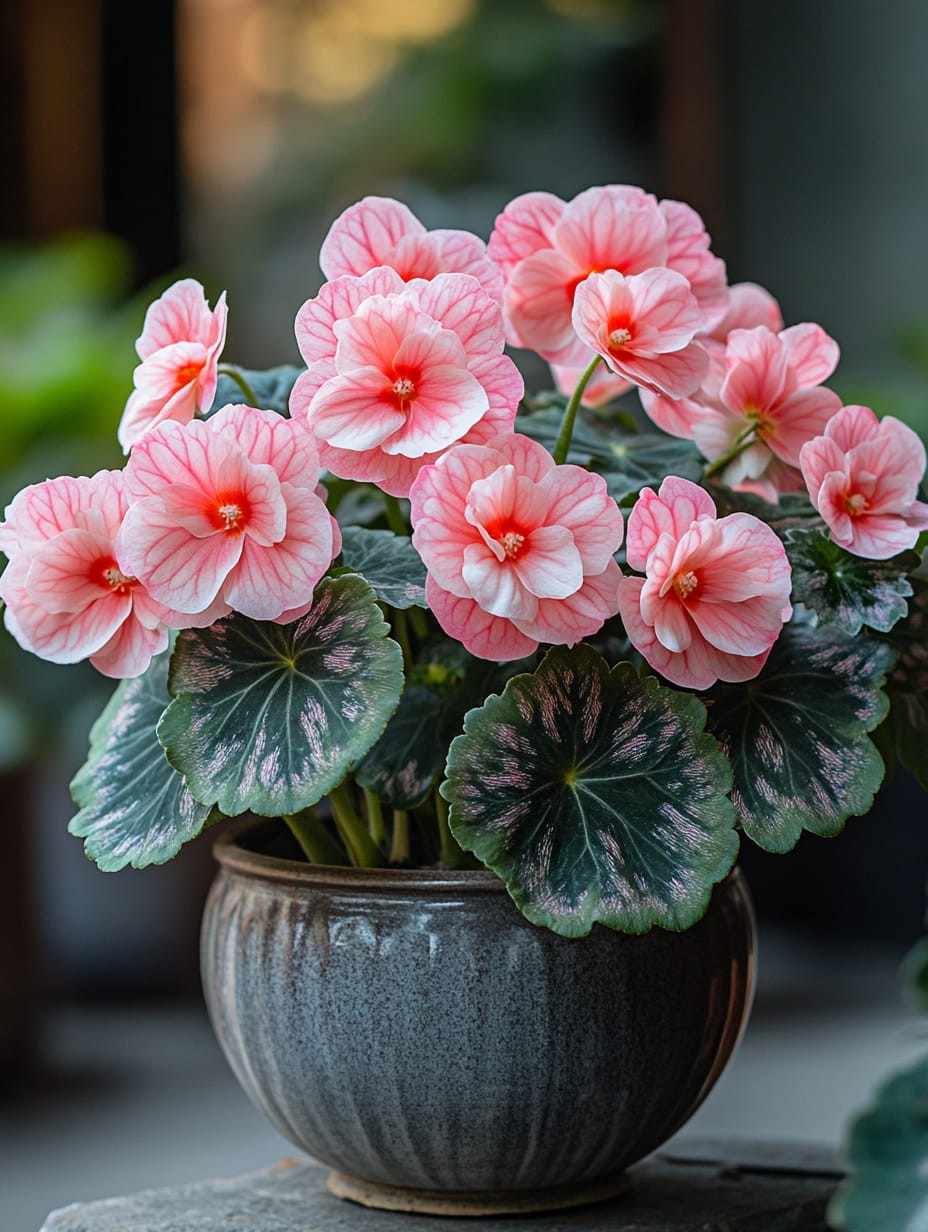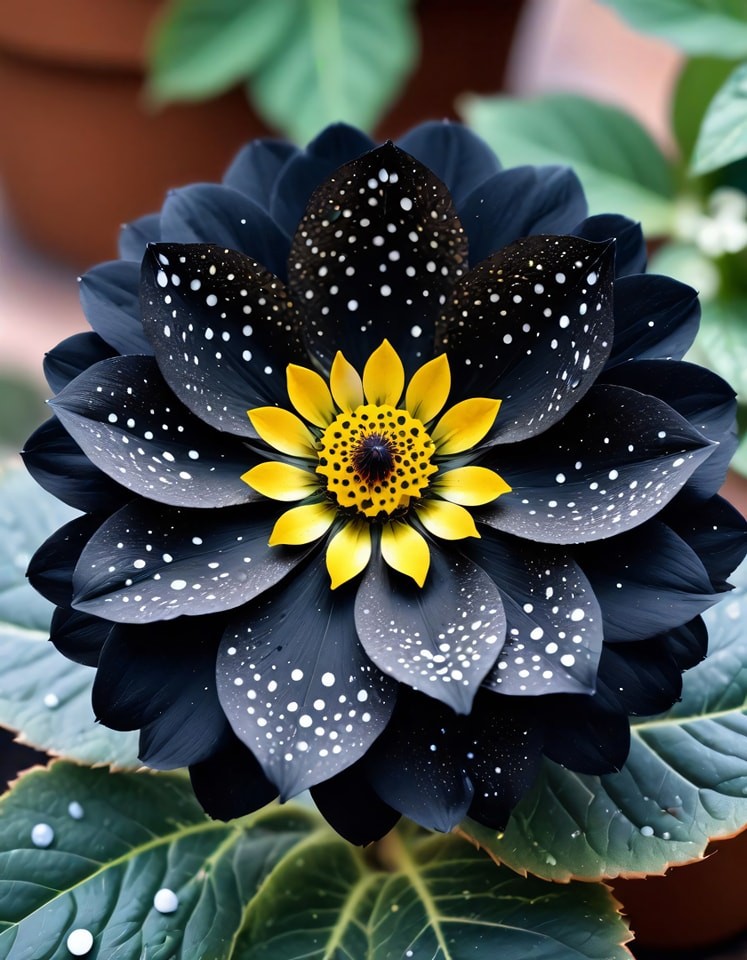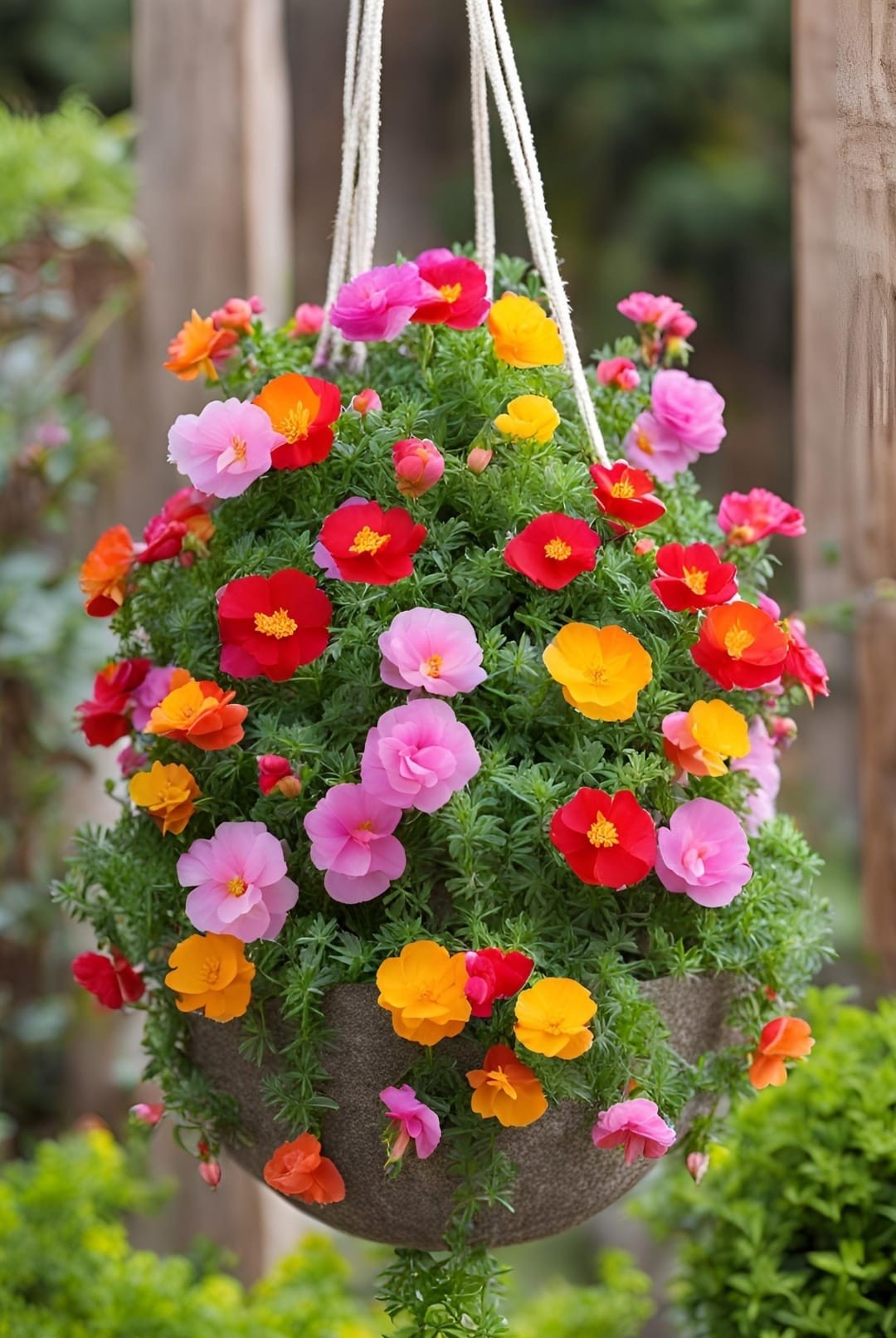Tropical orchids are some of the most captivating and awe-inspiring plants in the world. With their vibrant colors, intricate patterns, and delicate blooms, these exotic beauties have the power to transform any space into a serene oasis. Whether you’re a seasoned gardener or a novice plant enthusiast, mastering the art of growing tropical orchids can be a truly rewarding experience.
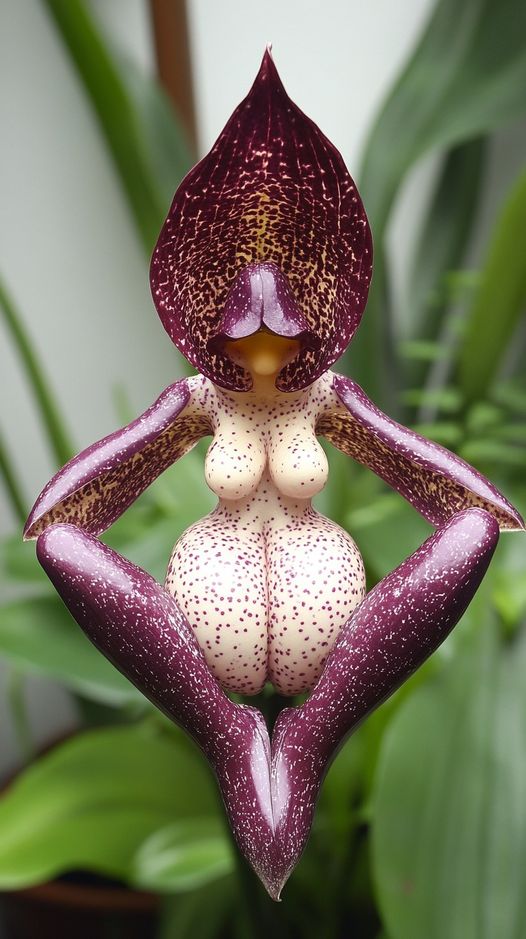
In this comprehensive guide, we’ll delve into the intricacies of cultivating these stunning flowers, exploring the essential environmental conditions, care techniques, and personal insights that can help you unlock the secrets to their successful growth.
Understanding Your Orchid’s Needs
The foundation of a thriving tropical orchid lies in understanding its specific requirements. From the ideal soil composition to the optimal temperature and humidity levels, every aspect of the plant’s environment plays a crucial role in its well-being.
Soil Composition
The right soil mix is the cornerstone of a healthy orchid. Unlike many other houseplants, tropical orchids thrive in well-draining, nutrient-rich potting mixes. These mixes typically include a combination of bark, perlite, and sphagnum moss, which provide the perfect balance of aeration and moisture retention. Ensuring the right soil composition is essential, as orchid roots can easily rot in waterlogged conditions.
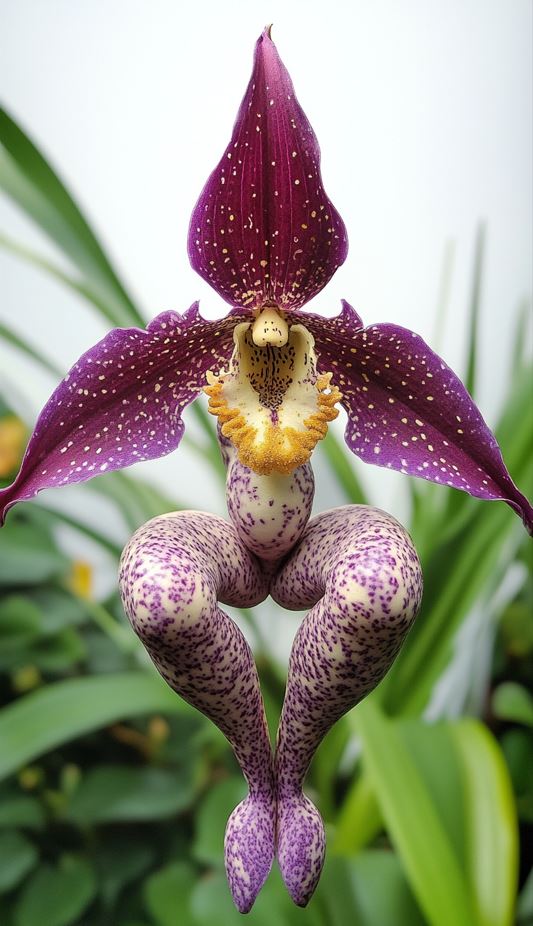
When selecting a potting mix, it’s important to choose one that is specifically formulated for tropical orchids. These specialized mixes are designed to mimic the natural growing conditions of these plants, providing the ideal substrate for their delicate root systems to flourish. Regularly repotting your orchids in fresh mix can also help maintain their vigor and prevent issues such as compaction or nutrient depletion.
Essential Care Tips
Proper care is the key to unlocking the true beauty and longevity of your tropical orchids. From watering regimens to nutrient supplementation, every aspect of their maintenance requires careful consideration.
Watering Regimen
Watering is a critical aspect of orchid care, and getting the balance right can be a delicate dance. Tropical orchids require consistent moisture, but they are equally susceptible to the dangers of overwatering. The goal is to keep the potting mix evenly moist, allowing the top inch of the soil to dry out before rewatering.
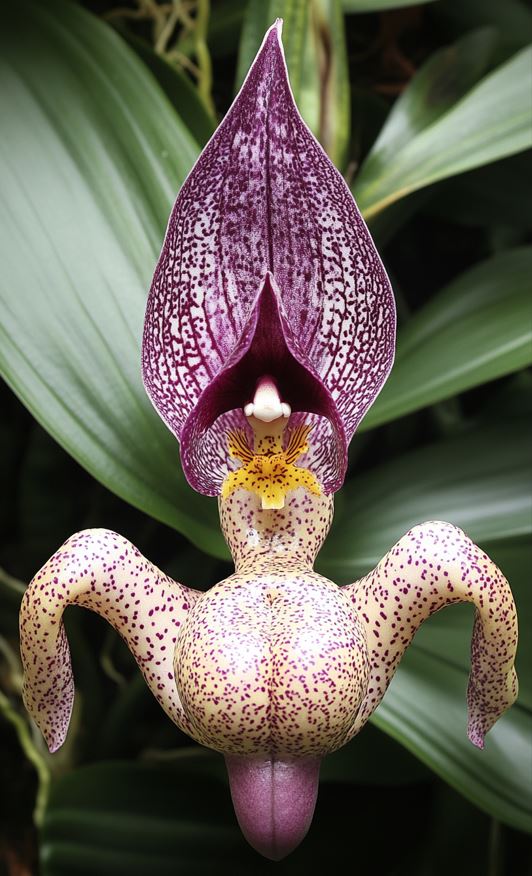
To achieve this, it’s essential to check your orchids regularly and water them accordingly. Avoid letting the mix become completely dry, as this can cause stress and inhibit growth. Conversely, be vigilant about not letting the roots sit in standing water, as this can quickly lead to root rot and other fungal issues.
One helpful tip is to water your orchids in the morning, allowing any excess moisture to evaporate during the day. This helps prevent the risk of stagnant water and reduces the likelihood of disease development.
Nutrient Supply
Fertilizing your tropical orchids correctly can make a world of difference in their growth and blooming potential. These plants require a balanced diet of essential nutrients to thrive, and a well-timed feeding schedule can provide the necessary support.
During the active growing season, use a water-soluble, balanced fertilizer every 2-3 weeks. The ideal ratio for orchids is typically something like 20-20-20 or 30-10-10, providing a mix of nitrogen, phosphorus, and potassium. This feeding regimen will help fuel the plant’s development, promoting robust foliage, strong root systems, and abundant blooms.
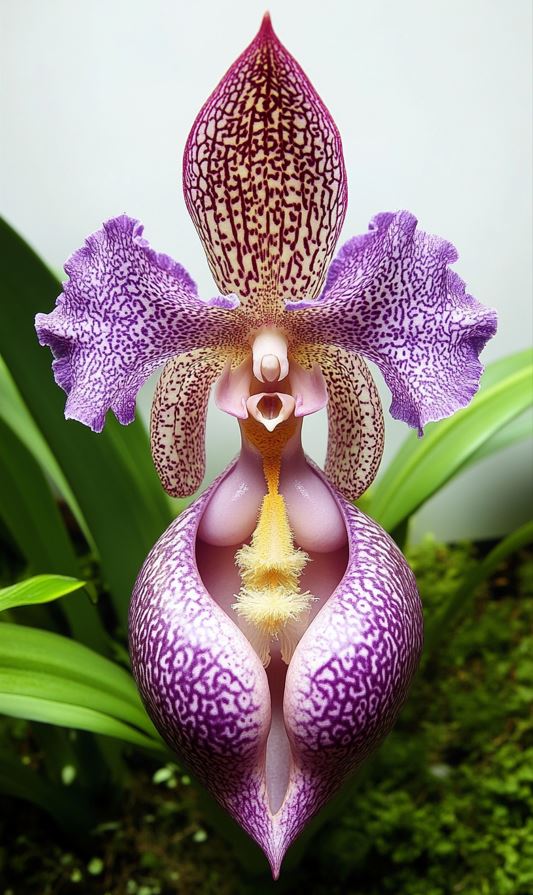
When the plant is not actively growing, such as during the winter months, you can reduce the frequency of fertilization to once a month or even less. This allows the orchid to rest and conserve its energy for the next growing season.
Remember, the key to successful fertilization is moderation. Overfertilizing can lead to issues like salt buildup in the soil or even nutrient toxicity, so always follow the instructions on the fertilizer packaging and adjust as needed based on your orchid’s individual needs.
Lighting Conditions
Proper lighting is a critical element in the successful cultivation of tropical orchids. These plants generally thrive in bright, indirect sunlight, with an ideal environment being an east-facing window where they can bask in the gentle morning light without being exposed to the harsh afternoon rays.
Too much direct sunlight can scorch the delicate leaves and cause irreparable damage, while too little light may inhibit the plant’s ability to bloom. Finding the perfect balance is key, and you may need to experiment with different placements to determine the optimal lighting conditions for your specific orchid variety.

If you’re growing your orchids indoors, consider supplementing with artificial lighting, such as LED grow lights, to ensure they receive the necessary illumination. Adjust the light intensity and duration based on the plant’s needs, and be mindful of any changes in the seasons that may impact the natural light levels in your growing area.
